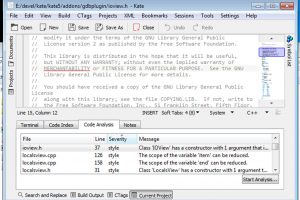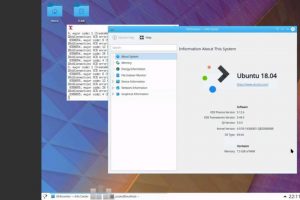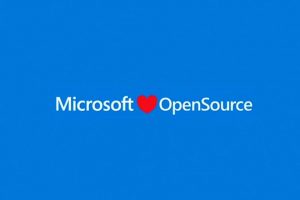Here at OSJournal, we’re obviously fans of open source, open hardware, open formats, and openness in general. But while we do believe that this system and culture of openness can help solve a lot of problems, we don’t live in an ivory tower. Open source is not a panacea. It is definitely not a magic wand you can simply wave to fix everything (though it could, with a lot of work). So in that same spirit of openness, here are some of the issues you might encounter when migrating to open source software, be it as a user, a developer, or even a business owner.
Moving is never easy
Whether you’re migrating wholesale to an open source platform like Linux or moving your tools away from proprietary software, do expect some growing pains. It’s a bit odd that no one thinks that moving from Windows to macOS will be painless but there seems to be a presumption that moving from to Linux will feel like nothing has change. While there are indeed Linux distros and open source software that try to emulate the experience as best they can, they will never be perfect. Open source software, after all, isn’t meant to simply be open source clones of proprietary programs.
No such thing as free lunch
There will always be those that will equate open source software, especially the free software part, with “free as in beer” or no cost software. That is, unfortunately a myth. Yes, the software itself is free, or at least the source code is. But while you won’t have to pay a license to use it, it doesn’t mean there will be no costs involved. There will always be some cost somewhere and in different forms. Open source web services often require self-hosting or even paying for a subscription hosted by a (hopefully trusted) service provider. Developers will have to change workflows and tools, incurring downtime. And users usually won’t have some customer support representative to call when they need it.
Can you be my lifeline?
Support is actually one of the sticking points in open source adaptation, be it for individual pieces of software or Linux itself. It has been the common understanding that when you go open source, you’re left at the mercy of “community-based support”, which is a doubled-edge sword. On the one hand, the open source community does take pride in the way support and even development can happen at the grassroots level. On the other hand, it also tends to scare away some corporate customers used to having some hotline they could call.
It is almost ironic that the very few strong support service businesses have grown around open source considering that’s one of the most immediate “legit” ways to make money out of open source software. That does seem to be changing a bit, with the software world moving more towards services rather than direct distribution of software.
More eyes don’t fix bugs
One of the most quoted strengths of open source is that “given enough eyeballs, all bugs are shallow”. It simply means that having the code open for inspection by many people more easily exposes bugs before they could potentially delete users’ files. In theory, that is true. In practice, it requires those eyes to actually be knowledgeable and responsible as well. There also needs to be enough hands to fix those bugs.
No walls doesn’t mean no security
There’s also that fear that open sourcing code could actually expose it to hackers. Again, that may be true in theory but there are also various means in place to counteract such threats. Proprietary software has never really warded off attacks by being closed. In fact, they even encourage it by giving hackers a challenge. Ironically, one of the most recent proofs that being open doesn’t make software vulnerable is the discovery of big exploits that have been in open source code for years, even decades. They were there for everyone to see, but no one saw them, let alone use them.
Open source cancer
Businesses are especially weary of using open source software, especially libraries in-house. They have heeded the scathing words of some famous CEOs that liken Linux particularly and open source in general to a disease that spreads merely by touching it. I am not a lawyer, but that’s an entirely accurate nor complete picture. The requirement to open source code that uses other open source code is very specific and isn’t even required in some accepted open source licenses. If the generalization were true, there would be a lot more open source software in the world today. The fact that there isn’t sadly proves otherwise.
Neverending (Open Source) Story
There is definitely a lot to be gained from open source software, from the software itself, to the way it is developed and maintained, to the way users and developers interact and inform each other, and more. It’s not perfect and there are definitely some kinks that still need ironing out. Fortunately, there is no one, single agenda, no one “man” to dictate the direction, and no fiscal year to desperately chase. The open source story is never truly done and each of us, developers, users, and managers alike are co-authors of that narrative.





